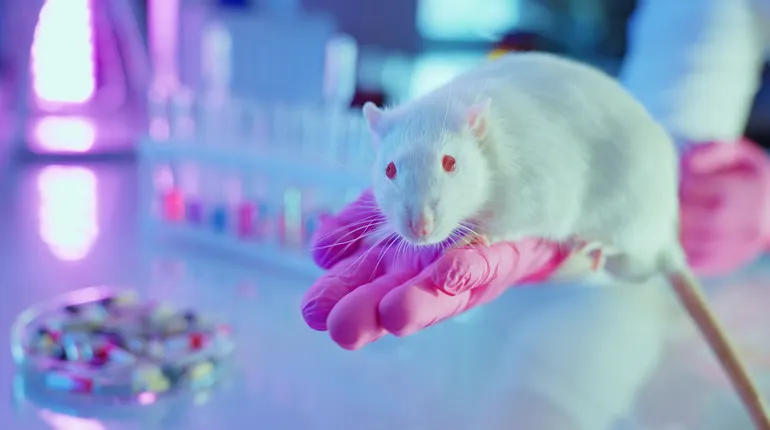As regulators and pharmaceutical companies continue to push towards alternative models to animal testing, the landscape of drug development is rapidly evolving. The recent announcements from the National Institutes of Health (NIH) and the Food and Drug Administration (FDA) signal a shift towards prioritizing human-based research technologies to limit the use of animals in preclinical studies.
Dr. Jay Bhattacharya, Director of the NIH, emphasized the importance of moving towards innovative, human-based science to usher in a new era of research. The FDA’s roadmap to phase out animal testing for monoclonal antibodies highlights the practical and ethical motivations behind this transition.
Dr. Mwango Kashoki, Senior Vice President at Parexel, believes that the technology for alternative models to animal testing has reached a point where its potential is evident. The cost and ethical concerns associated with animal testing have led regulators to seek alternative methods that are more cost-effective and scientifically sound.
The FDA’s recommendations for new approach methodologies (NAMs) include organoids, microphysiological systems (organ-on-a-chip), computational models based on AI, and high-throughput cell-based screening. These technologies offer more accurate and efficient ways to predict safety and efficacy compared to traditional animal models.
Pharmaceutical companies like AstraZeneca have already begun incorporating NAMs into their research and development processes. Organ-on-a-chip systems, such as those developed by Hesperos, have shown promise in providing preclinical predictions for safety and efficacy. The FDA’s approval of a phase 2 trial based on data from organ-on-a-chip modeling demonstrates the potential of these technologies to revolutionize drug development.
While NAMs have made significant advancements, there are still challenges to overcome before they can fully replace animal testing. The complexity of human biology and the sheer number of organs in the body present obstacles to completely phasing out animal models. However, companies like Hesperos are continuously improving their technology to be more predictive and efficient in mimicking human biology.
Despite the progress made in alternative models, animal testing remains necessary in certain cases where validated alternatives are not yet available. The potential to phase out animal testing entirely may be a long-term goal, but the industry is moving towards a future where human-based research technologies play a central role in drug development. As technology continues to advance, the days of animal testing in pharma could be numbered. The FDA’s recent decision to embrace new technologies in drug development has opened up a world of possibilities for companies looking to innovate. This shift in attitude is expected to encourage more companies to explore and utilize new approaches in their research and development processes.
According to industry experts, such as Florin and Kashoki, this change by the FDA is a positive step that will incentivize companies to incorporate different models and technologies into their programs. By providing reassurance that the FDA will accept data from these alternative methods, companies are now more likely to take the leap and explore the use of new technologies.
Kashoki recommends that companies discuss their rationale for using new approaches with the FDA before implementing them. While the FDA is not mandating the use of new alternative methods, the agency’s willingness to work with industry to understand these technologies better is a significant development.
One area where the use of new technologies like New Approach Methodologies (NAMs) could have a significant impact is in cell and gene therapies. Traditional toxicology studies have not always been feasible in these areas, making NAMs a valuable tool for filling in the gaps.
Overall, the FDA’s goal is to collaborate with the industry to advance the field of drug development. By working together to explore the potential of NAMs and understand when they can replace animal studies, the FDA is aiming to drive innovation and progress in the industry.
This new approach by the FDA mirrors its successful strategy with biomarkers and is expected to have a positive impact on the industry as a whole. By embracing new technologies and encouraging companies to explore innovative approaches, the FDA is positioning itself as a partner in driving the future of drug development.


